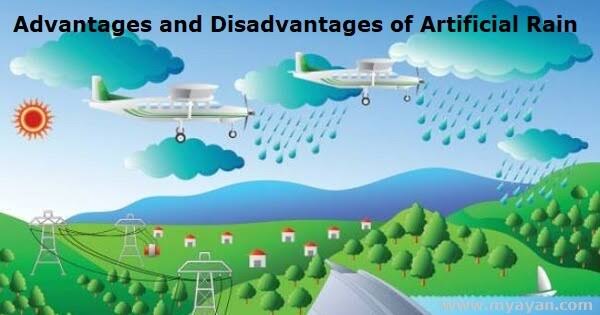Since then, scientists and researchers worldwide have dedicated themselves to advancing the technology.
The 1940s witnessed significant breakthroughs, with cloud-seeding experiments carried out during World War II to enhance rainfall for military purposes.
Over the decades, extensive research has led to improvements in seeding techniques, the understanding of cloud physics, and the development of sophisticated equipment for artificial rain generation.
Applications of Artificial Rain
Here are some of how this technology found usage.
Agricultural Uses
Artificial rain has revolutionized agriculture, bolstering crop yields and minimizing the impact of droughts.
By increasing precipitation in dry periods, farmers can cultivate a wider variety of crops and mitigate losses caused by inadequate rainfall.
In arid regions, such as parts of Africa and Australia, artificial rain techniques have provided a lifeline for agricultural communities, ensuring food security and economic stability.
Moreover, artificial rain plays a crucial role in combating desertification—a persistent threat to agricultural productivity.
By facilitating the growth of vegetation in otherwise barren regions, it helps restore ecosystems and prevents the encroachment of desert landscapes.
Water Management Uses
Water management stands to gain substantial benefits from artificial rain.
By replenishing groundwater reserves and reservoirs, artificial rain helps ensure a reliable supply of water for various purposes, including drinking, irrigation, and industrial use.
This technology aids in addressing water scarcity issues, particularly in regions where surface water sources are limited.
Furthermore, artificial rain assists in mitigating the impact of prolonged droughts, reducing the strain on existing water sources and easing the burden on local communities.
By harnessing the power of cloud seeding, water managers can make a tangible difference in water availability and sustainability.
Environmental Impact of Artificial Rain
While artificial rain offers immense potential, it is important to consider its potential environmental impact.
One concern relates to altering natural weather patterns.
By artificially inducing rain in one area, there is a possibility of reducing precipitation in neighboring regions, potentially disrupting the delicate balance of ecosystems.







